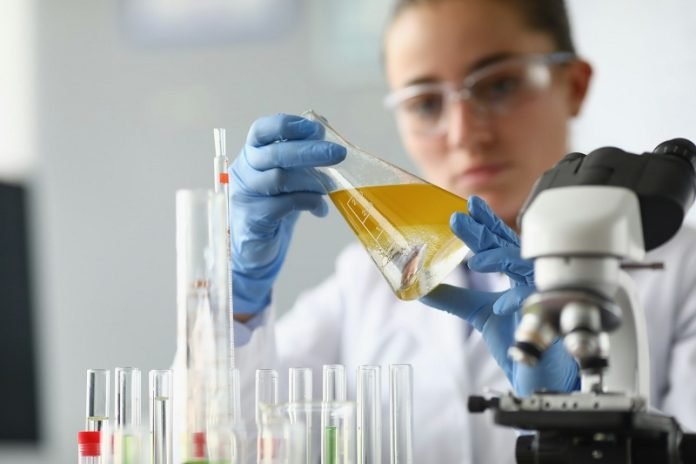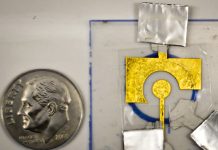
Have you ever wondered why urine is yellow?
Researchers have finally found the answer!
In a groundbreaking study by the University of Maryland and National Institutes of Health, scientists discovered an enzyme that explains this everyday mystery.
Their findings, published in Nature Microbiology, reveal a lot about our body’s processes and could impact our understanding of certain health issues.
The enzyme, named bilirubin reductase, was found to play a crucial role in giving urine its yellow color. This discovery is a big deal because it answers a question that puzzled scientists for over a hundred years. It also opens the door to more research on how our gut affects our health.
So, what’s the story behind yellow urine? It all starts with red blood cells. These cells have a lifespan of about six months. When they break down, they produce a bright orange pigment called bilirubin.
Normally, bilirubin goes to the gut for excretion. However, sometimes it gets reabsorbed back into the body. When there’s too much bilirubin in the blood, it can lead to jaundice, making the skin and eyes look yellow.
In the gut, our friendly bacteria get to work on bilirubin. They use the enzyme bilirubin reductase to change it into a colorless substance called urobilinogen. This urobilinogen then turns into urobilin, which gives urine its familiar yellow color.
What’s fascinating is that the research team found this enzyme is present in almost all healthy adults. However, it’s often missing in newborns and people with inflammatory bowel disease. This could explain why newborns sometimes have jaundice and why some people develop pigmented gallstones.
The scientists believe that understanding this enzyme can help us learn more about jaundice and other health issues. For instance, they’re keen to explore how gut bacteria affect the levels of bilirubin in our blood. This research could be crucial in understanding the connection between the gut and the liver, known as the gut-liver axis.
The discovery of bilirubin reductase is more than just solving a color mystery. It’s a reminder of how important our gut microbiome is. This complex community of bacteria in our gut is linked to a range of health conditions, from allergies to arthritis and even psoriasis. The team’s work, combining different scientific disciplines, highlights the need for more research into how our gut bacteria affect our overall health.
In conclusion, the next time you notice the yellow color of urine, you’ll know there’s a fascinating science behind it. This discovery not only answers a longstanding question but also shows us how much we still have to learn about our bodies and the tiny organisms that live inside us.



